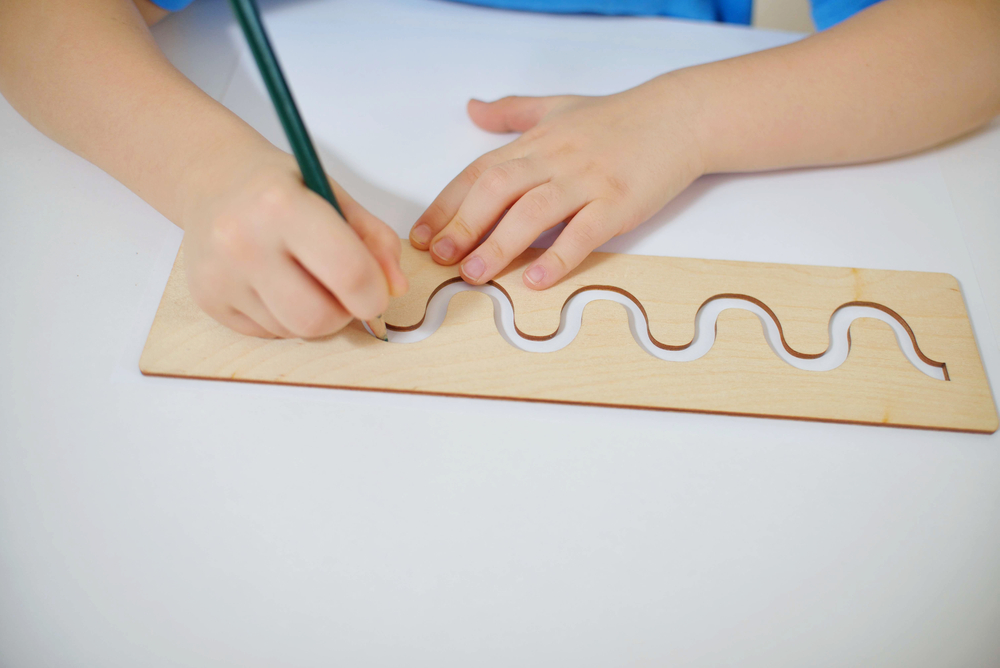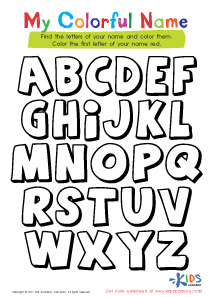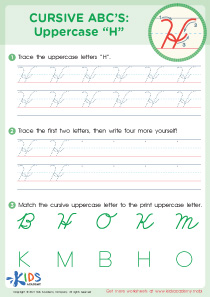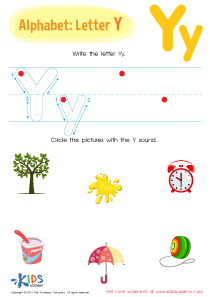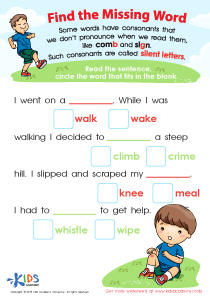Handwriting improvement Grade 3 Tracing Letters Worksheets
3 filtered results
-
From - To
Boost your child's handwriting skills with our Grade 3 Tracing Letters Worksheets! Designed specifically for young learners, these engaging worksheets help improve letter formation, stroke consistency, and fine motor skills. Students will enjoy tracing both uppercase and lowercase letters, with a focus on proper techniques to enhance their writing proficiency. Ideal for classroom or at-home learning, our resources encourage practice and repetition, ensuring mastery of the alphabet. Whether preparing for tests or simply wanting to express themselves through writing, these worksheets will build confidence and foster a love for handwriting. Download and watch your third grader’s skills shine!
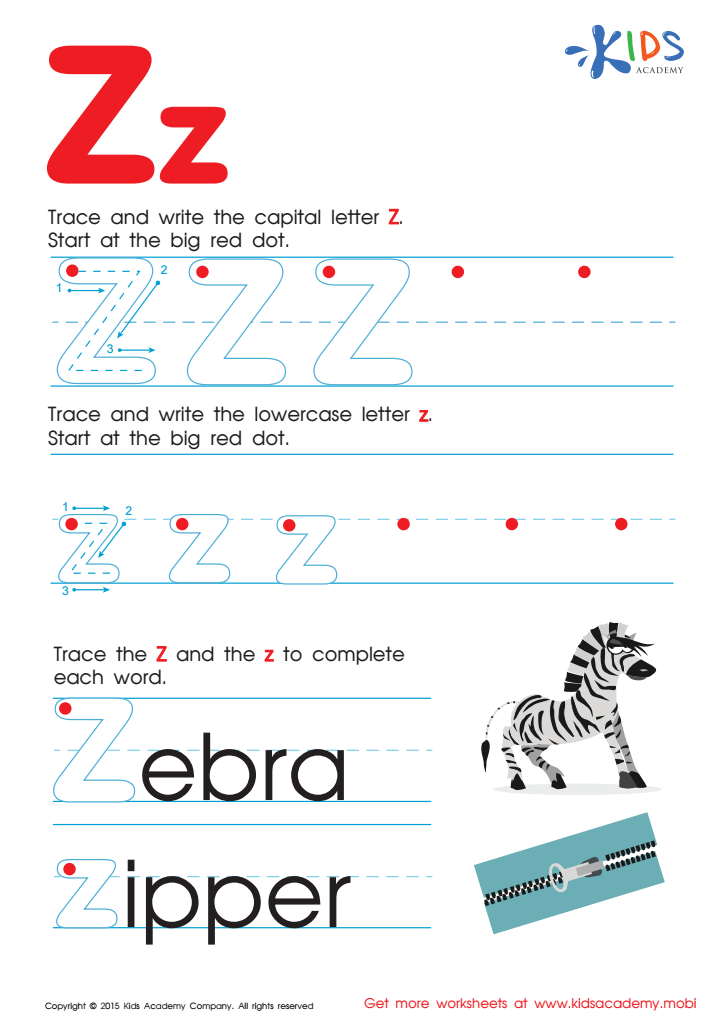

Letter Z Tracing Page
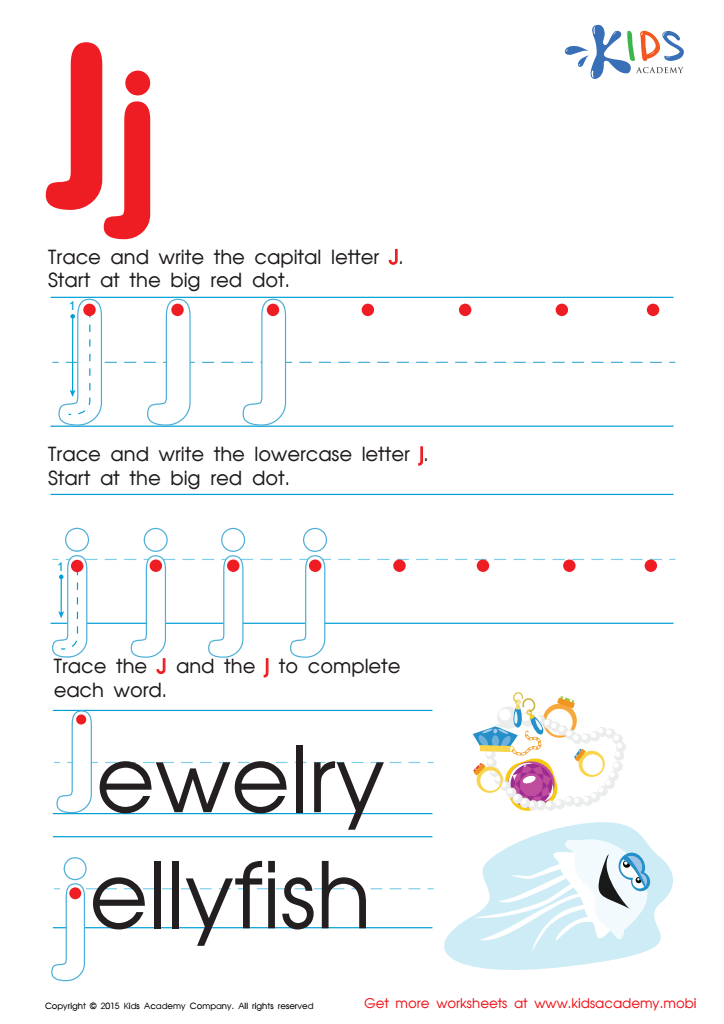

Letter J Tracing Page
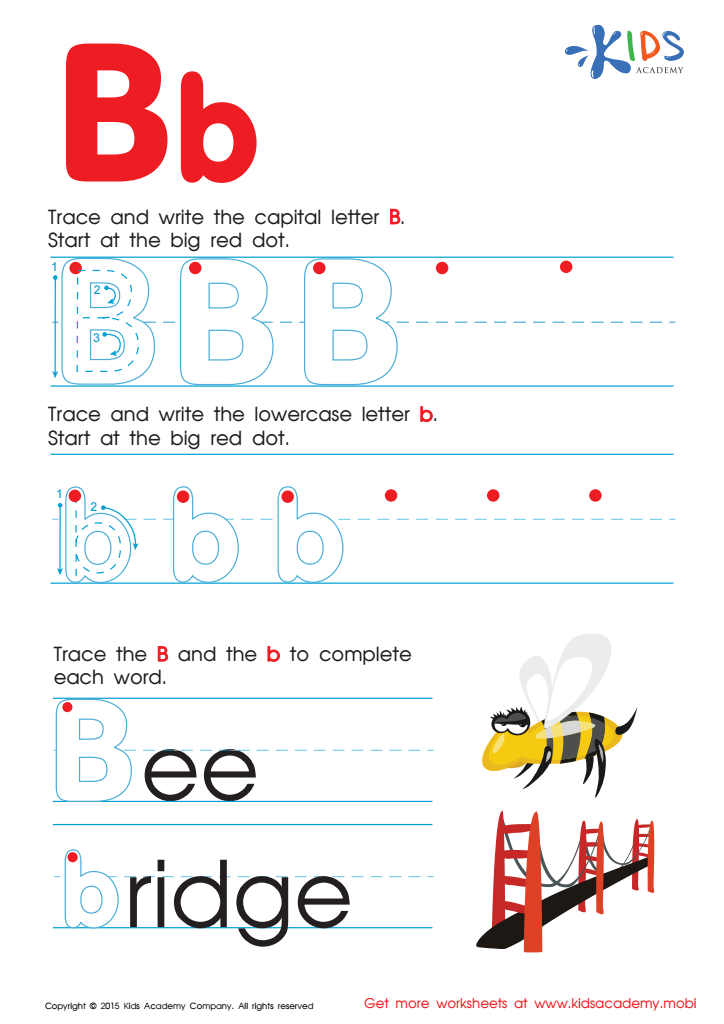

Letter B Tracing Page
Parents and teachers should prioritize handwriting improvement, particularly tracing letters in Grade 3, for several compelling reasons. First, handwriting is a fundamental skill that affects academic performance and communication. As children learn to write, they express their thoughts and ideas clearly, which is essential for success in all subjects, particularly language arts. Clear handwriting promotes confidence, encouraging children to share their work and participate actively in classroom discussions.
Moreover, good handwriting can positively influence a child’s self-esteem. Mastery of tracing letters builds fine motor skills and hand-eye coordination, supporting overall physical development. This progression becomes advantageous in future schooling, where neat, legible writing is often expected.
Tracing letters in Grade 3 also helps reinforce letter recognition and phonics. As students connect the shapes of letters to their sounds, they strengthen their reading and spelling skills. Furthermore, consistent practice creates neural pathways that lead to improved writing fluency, benefiting students long-term.
Lastly, in our digital age, where typing is prevalent, the art of handwriting is sometimes overlooked. However, fostering strong handwriting skills lays a vital foundation for effective written communication in all areas of life, teaching valuable skills that go beyond academics. Hence, investment in handwriting improvement is essential.
 Assign to My Students
Assign to My Students




